NOWHERE IS SAFE FOR CHILDREN IN GAZA
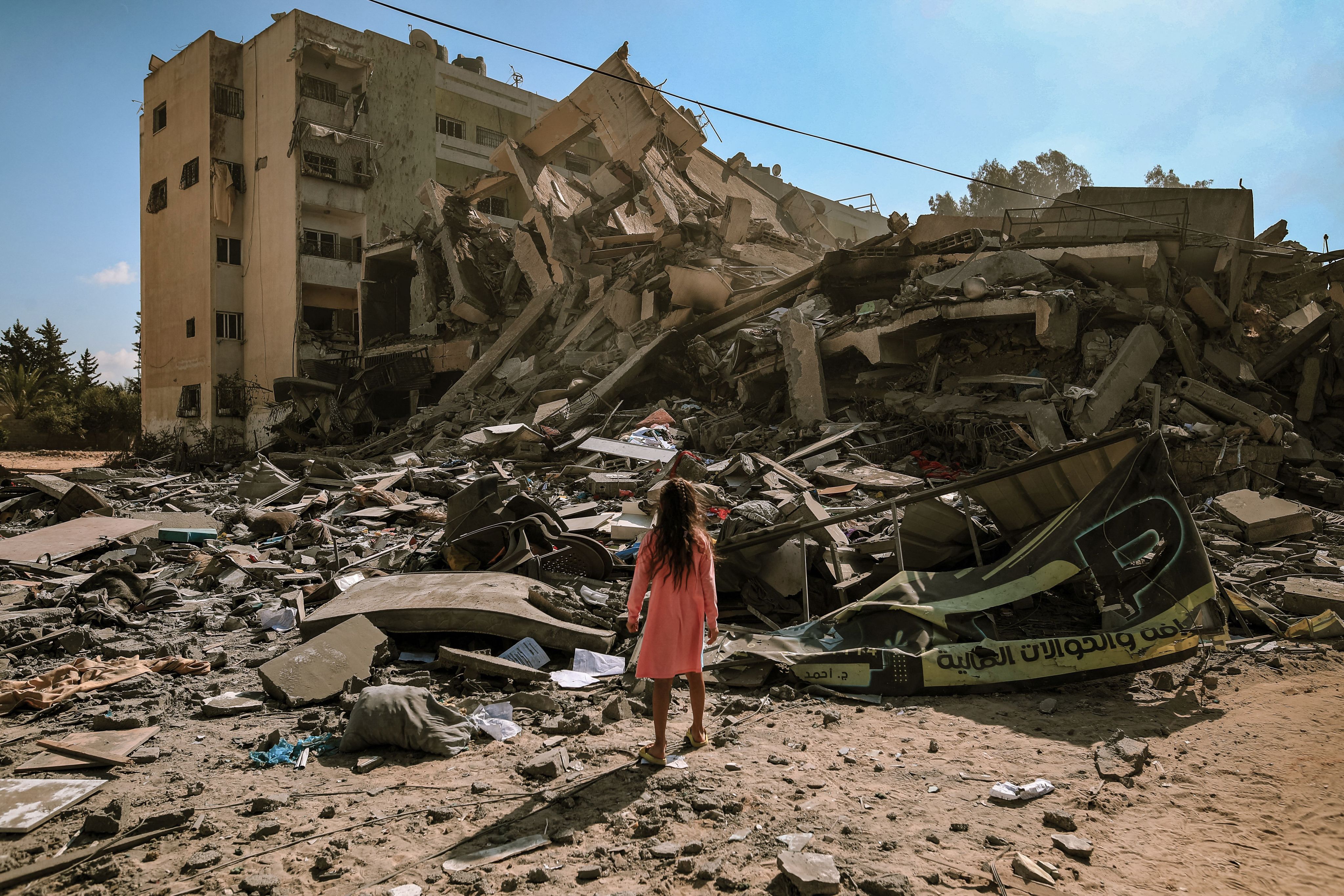
Forced displacement is shrinking children's worlds
Families in Gaza are being forced from their homes further and further south, into smaller and smaller areas, with no guarantee of safety and no basic services like food, water or medical supplies.
Children are terrified. Their worlds have been destroyed and time is running out.
My children look into my eyes every day, they are searching for answers. I have no answers for them.”
Children in Gaza won't be safe until a definitive ceasefire is agreed.
Continue scrolling or click the menu at the top to find out how forced displacement has destroyed the worlds of children in Gaza and how you can help.
Note: All text written in italics are direct quotes. * Names have been changed to protect identity.
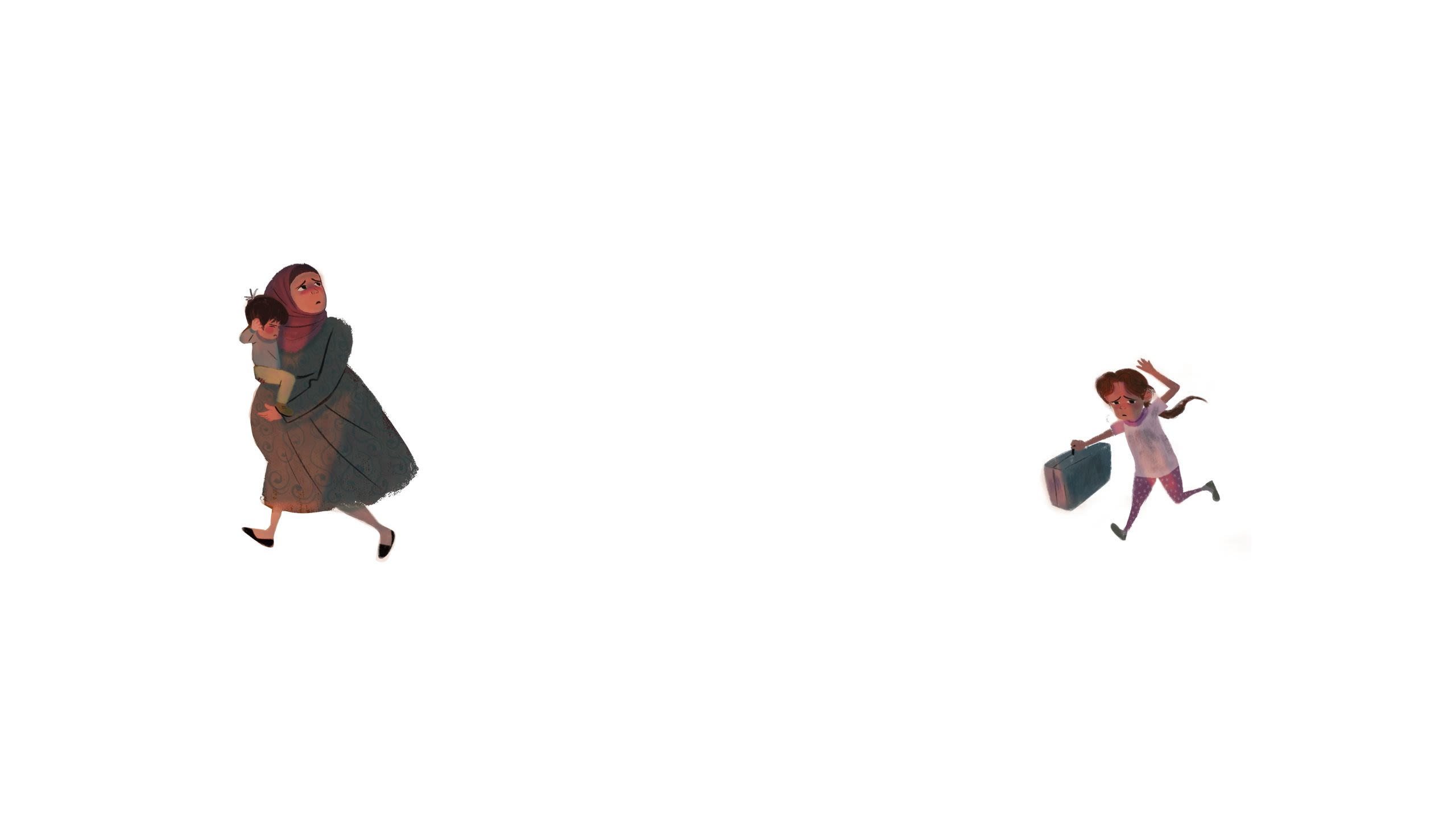
Where there were once homes, schools and playgrounds, there is now rubble and fear.
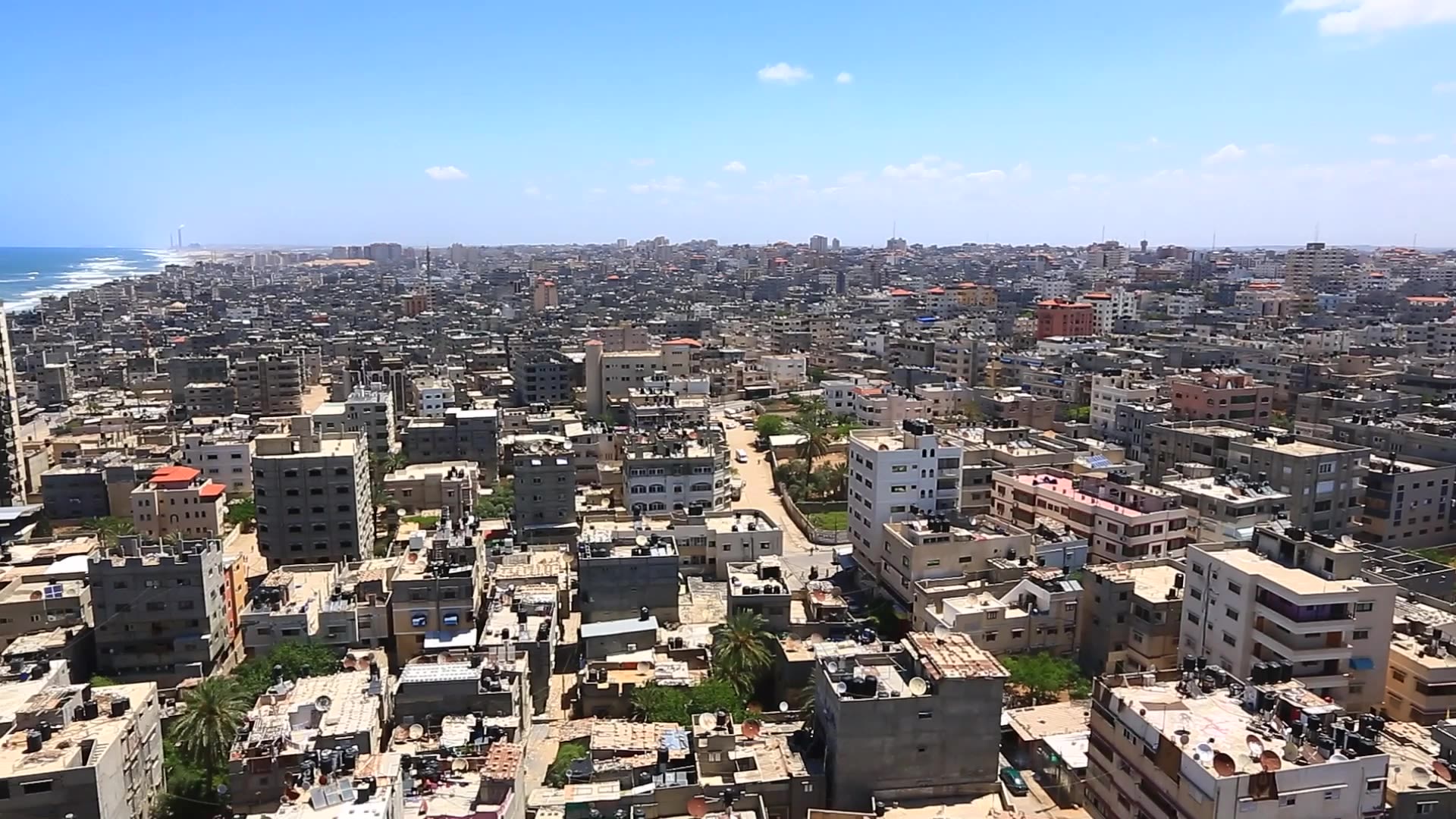
A lifetime of occupation
Even before the escalation on October 7th, children in occupied Palestine territory had endured a lifetime of violence and occupation which has shrunk their worlds, robbed them of their childhoods and forced them from their homes.
The 56-year occupation of the occupied Palestinian territory, including the last 16 years of the blockade of Gaza, has left children and communities more vulnerable to the impacts of escalations in violence while eroding their means to cope.
Children’s lives and futures are at risk – we urgently need your support to protect them. Please donate today to children living in crisis.
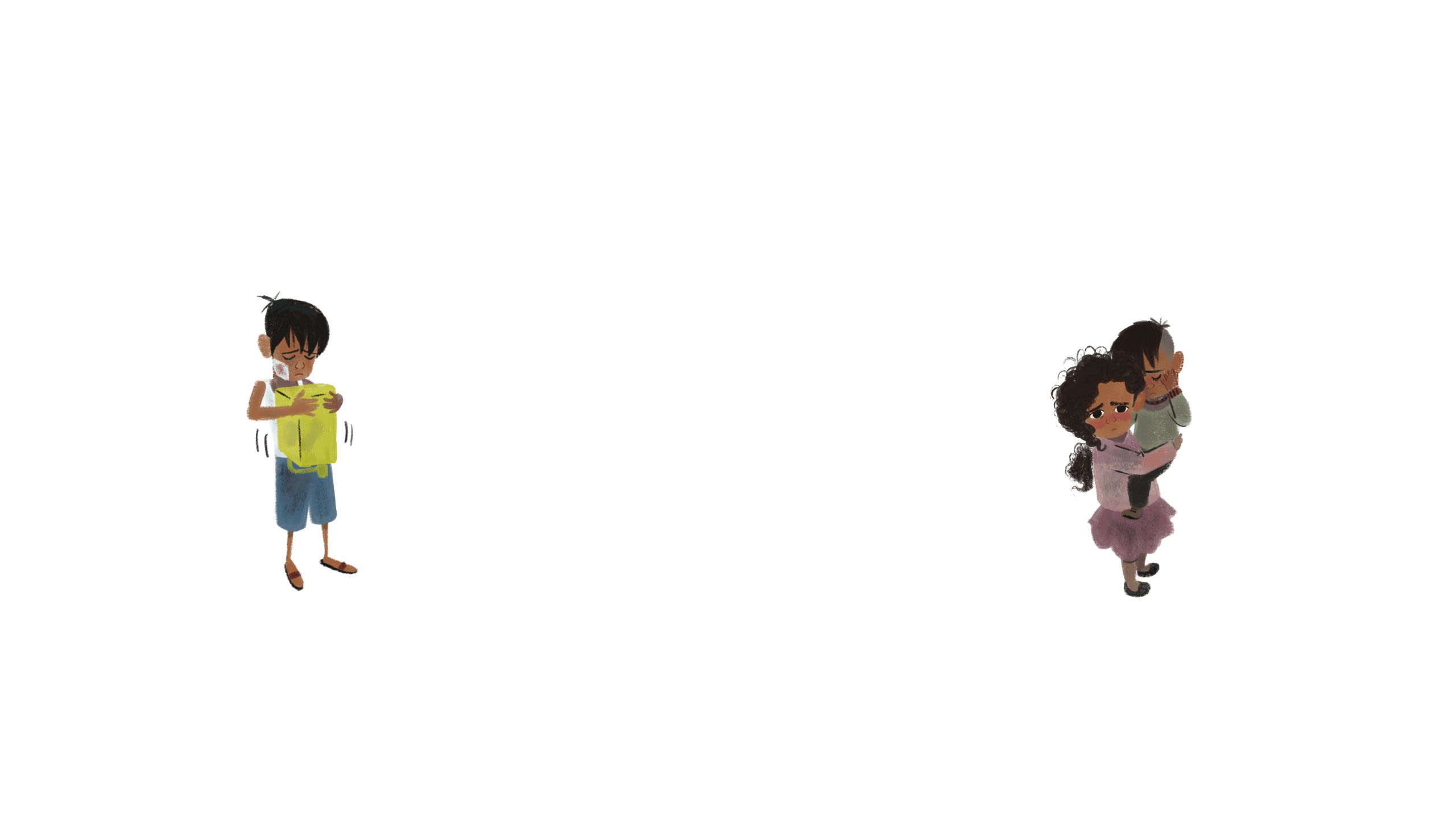



Children in Gaza have been living under a life-limiting blockade for their entire lives
Children have endured the fear and borne the consequences of countless escalations of violence.
Back in 2021, children in Gaza shared their hopes for the future with us.
While other children dream of having video games, we dream that one day this fighting will end. We hope that one day we can open our books again, write in our notebooks and study, that we can go outside and play with friends. But more than anything, we want this war to be the last war.”
Their hopes and dreams for the future are slowly slipping away.
Every war is a war on children. We need a ceasefire now.

What is forced displacement and what does it look like for children in Gaza?
Forcible displacement means that people are moved against their will or without any other choice.
Over 1.9 million people in Gaza have been forced from their homes. Many of them are seeking refuge in UN shelters, schools, hospitals, camps, with relatives and friends, and other civilian sites. Thousands have been killed or injured in these places and they face hunger, thirst and disease.
While thousands of families have fled south, many have remained in their homes or shelters in the north - including people with disabilities, the elderly, sick and those with young children – where they are exposed to the deadly fighting and unreachable by lifesaving aid.
Save the Children's country director of the occupied Palestinian territory, Jason Lee, has been to Gaza many times. He tells us:
I don’t recognise parts of Khan Younis. I don’t recognise the destruction, the masses of people that are now crowding and sheltering along the streets, in front of buildings, jammed into schools. The violence is so extreme that I wonder what will be left, not only of Gaza, but of its people."
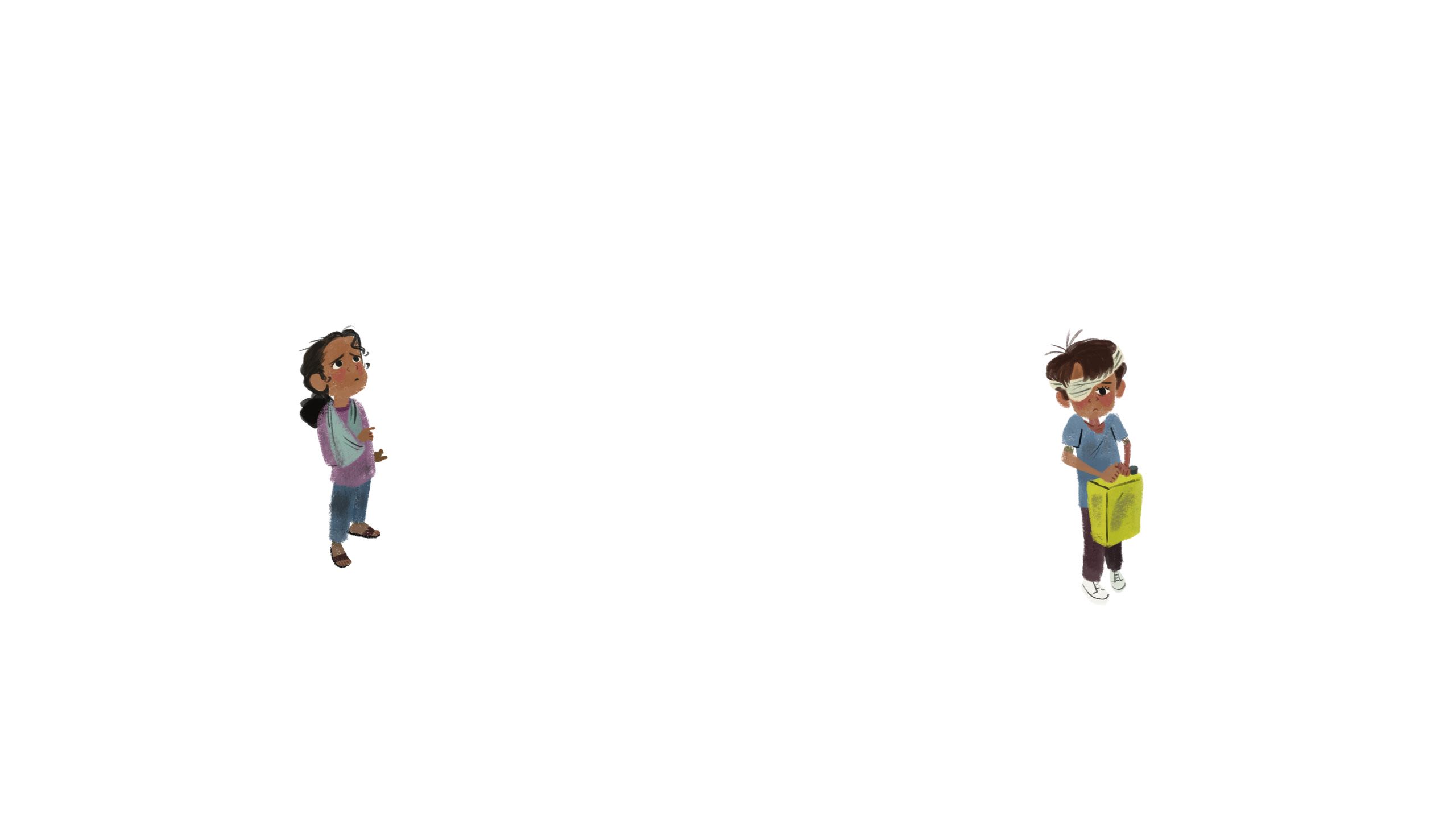


Many displaced people are living in severely crowded camps like this one in Khan Younis, Gaza.
Today, there are over a million children displaced
The Gaza Strip is one of the most densely populated areas in the world. Just over two million people live in a 365km2 area.
Over 80% of the population has been forced to leave their homes since the bombardment started on October 7th. And now they are being told by Israeli forces to move once again. But there is nowhere safe to hide. They are being forced into smaller and smaller areas, with no promise of safety. Israeli forces have attacked so-called 'safe zones' and passages on several occasions.
Parents face the impossible choice of one death sentence over another.
Nearly every bit of Gaza is being asked to move… no one knows where people should be moving to.”
Children’s lives and futures are at risk – we urgently need your support to protect them. Please donate today to children living in crisis.
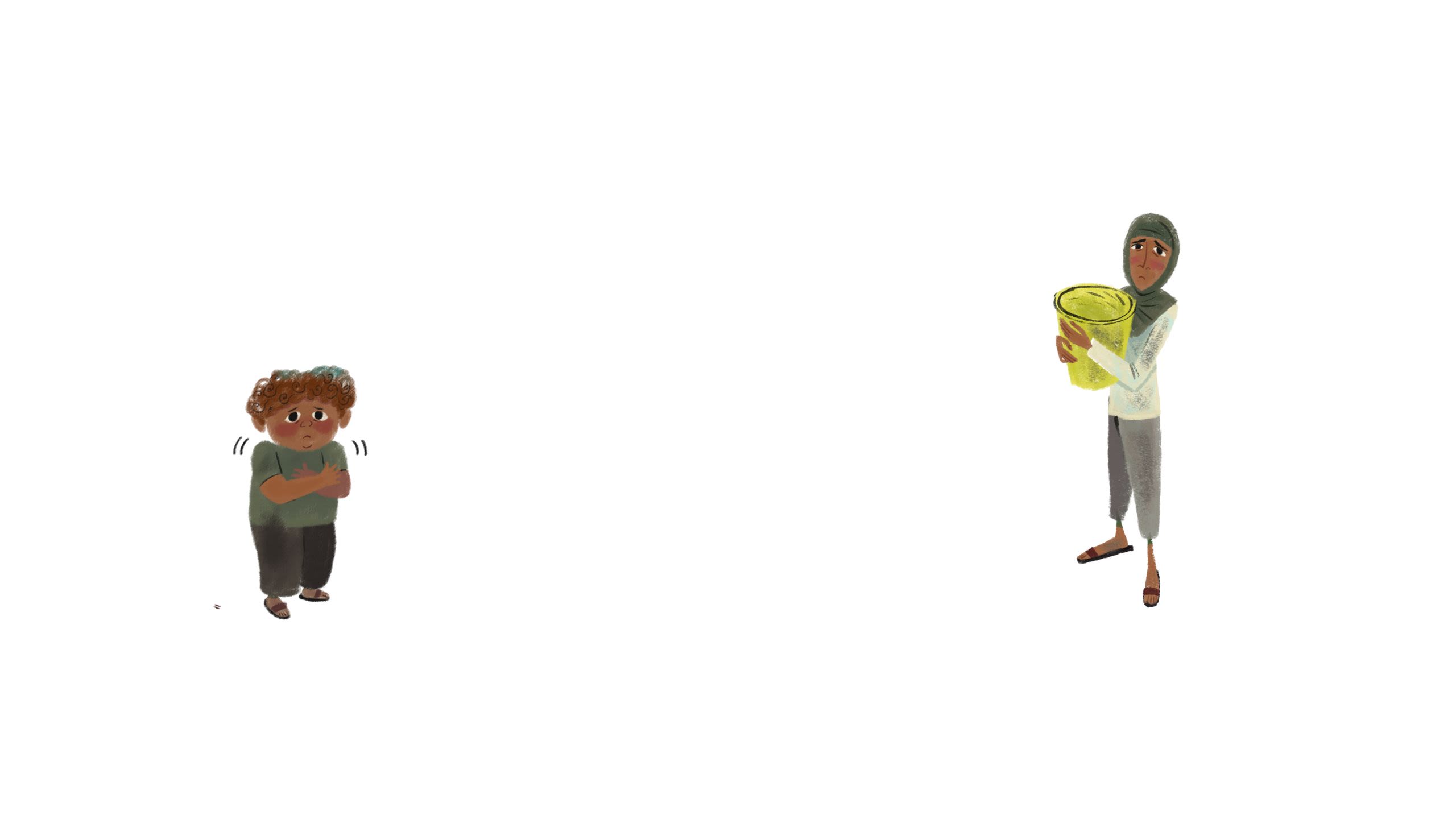

Illustration of the Gaza strip forced displacement of 1.96 million Palestinians, including one million children, as of the 6th of December 2023. Illustrations: Raj Dhunna.
Illustration of the Gaza strip forced displacement of 1.96 million Palestinians, including one million children, as of the 6th of December 2023. Illustrations: Raj Dhunna.

A child runs through rubble after Israel's airstrikes in Gaza. Ali Jadallah/Anadolu Agency via Getty Images.
A child runs through rubble after Israel's airstrikes in Gaza. Ali Jadallah/Anadolu Agency via Getty Images.
What's forcing people to flee?
Bombardment:
Since the escalation on October 7th, families have been attacked in their own homes and over 60% of homes have been destroyed completely by continued bombardment. Whole communities have been wiped off the map. Hundreds and thousands of Palestinians had to flee their homes with little more than the clothes on their back.
Relocation orders:
Israeli forces have issued several relocation orders to civilians to force the population south ahead of military operations. As civilians tried to relocate southwards, they faced bombardment, shelling, and sniper fire along the ‘one way’ prescribed routes. Israeli officials have declared a so-called ‘safe zone’ in the town of Al-Mawasi, a tiny slither of land which is 14km long and 1km wide, but this lacks the basics to support human life.
For the children left in the north, they have no basic services, no access to aid and no protection from the deadly fighting and bombardment.
The decimation of infrastructure:
Places that would usually be safe for children have been ripped apart. Homes, schools, playgrounds: decimated. A lack of electricity, fuel, medicine, and water mean that hospitals can no longer admit patients. This has forced people southwards in the hope of safety. But the bombardment continued around Khan Younis, a city in southern Gaza, forcing families to flee once again further south towards Rafah.
Starvation:
The siege on the Gaza Strip has cut children off from the basic things they need to survive such as food and clean drinking water, services such as electricity and water supply, and goods such as fuel and lifesaving equipment. The trickle of aid which has been entering via the Rafah border has forced hungry families to move south in desperate search of food and water. Meanwhile, hundreds of thousands of people still remain in the north, cut off from aid. Children are at risk of dying of starvation and dehydration.
The weaponisation of aid:
Even before the escalation on October 7th, 80% of people in Gaza relied on international aid like food, water and medical supplies which primarily came through the Kerem Shalom crossing under Israeli authority control. Some aid has entered via the Rafah crossing with Egypt, but even this has severe restrictions and delays. Since 21 October, limited trucks carrying mainly medicines, food and water have entered Gaza, addressing only a fraction of the needs. Prior to the escalation, 500 trucks with aid and commercial supplies per day were crossing over.
Every war is a war on children. We need a ceasefire now.
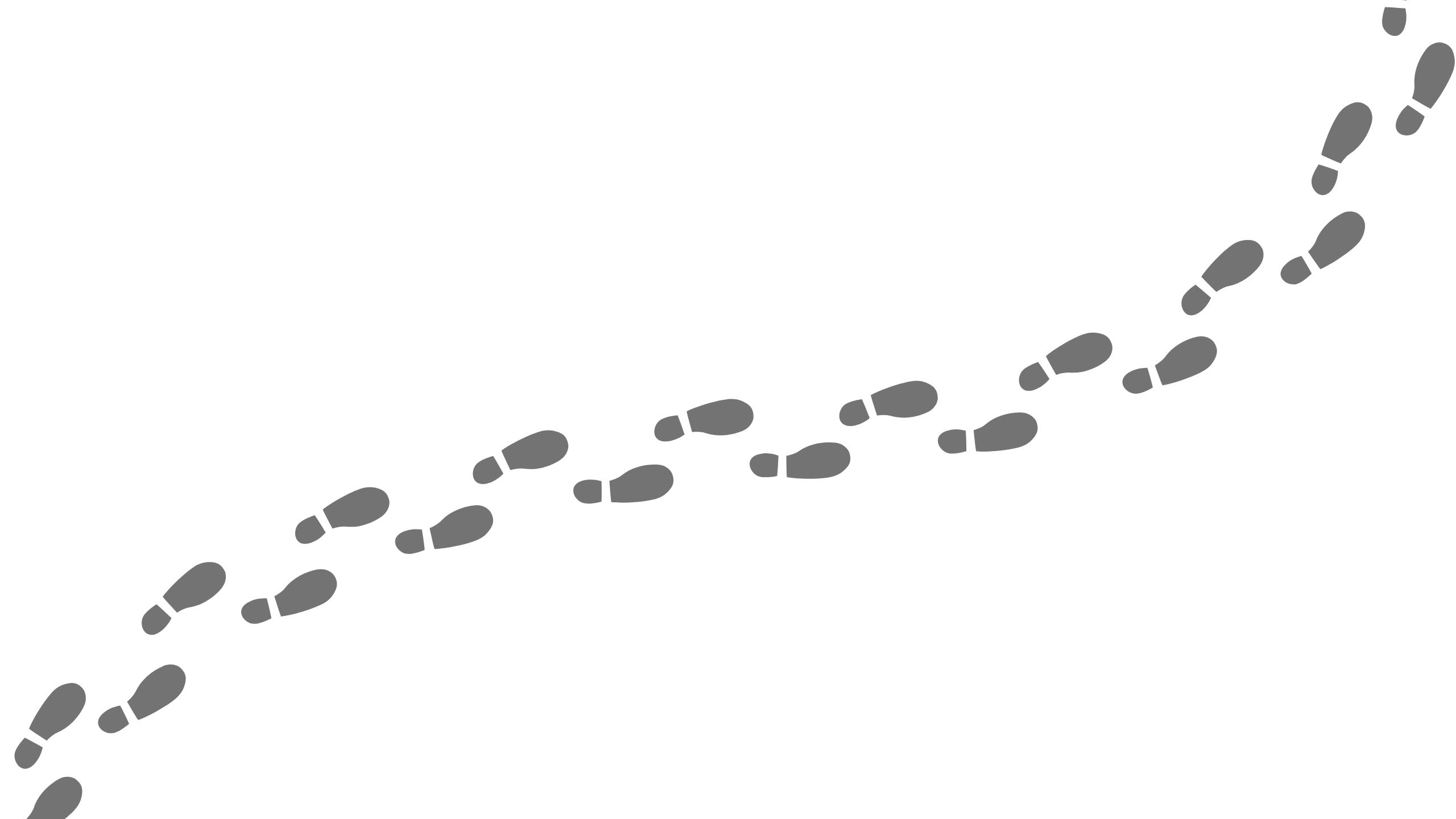


Life in Gaza today
Forcing people from their homes, decimating infrastructure and cutting people off from services, goods, and humanitarian aid, has created a catastrophic humanitarian emergency like nothing before.
Before this escalation, UN Secretary-General, Antonio Guterres described the lives of children in Gaza as “hell on earth”.
It's now immeasurably worse.
Hassan is a Save the Children staff member and a father of four. He is currently sheltering in Gaza.
Here, he shares a poem on what it means to be displaced.

What does it mean to be displaced?
A poem by Hassan, Save the Children staff member and father of four, currently sheltering in Gaza.
"Displaced means there is no water at all. You do not wash your hands, do not wash your clothes, or even go to the bathroom.
Displaced means there is no clean water to drink. You might have to drink contaminated water, full of diseases. And you might even die of thirst or from drinking the water.
Displaced means that when you want to go to the bathroom, you have to wait in line behind 600 people until your turn comes.
Displaced means there is no cooked food, no bread, no drink, except for a few boxes of feta cheese, which smells from the heat.
Displaced means you look up to the sky 30 times every minute, imagining that a new massacre will happen to you
Displaced means that there is no electricity except by chance or luck, there is no mobile phone battery, there are no calls or messages, there is no internet, there is no communication with the world.
You may die and no one in your family would know that you died."
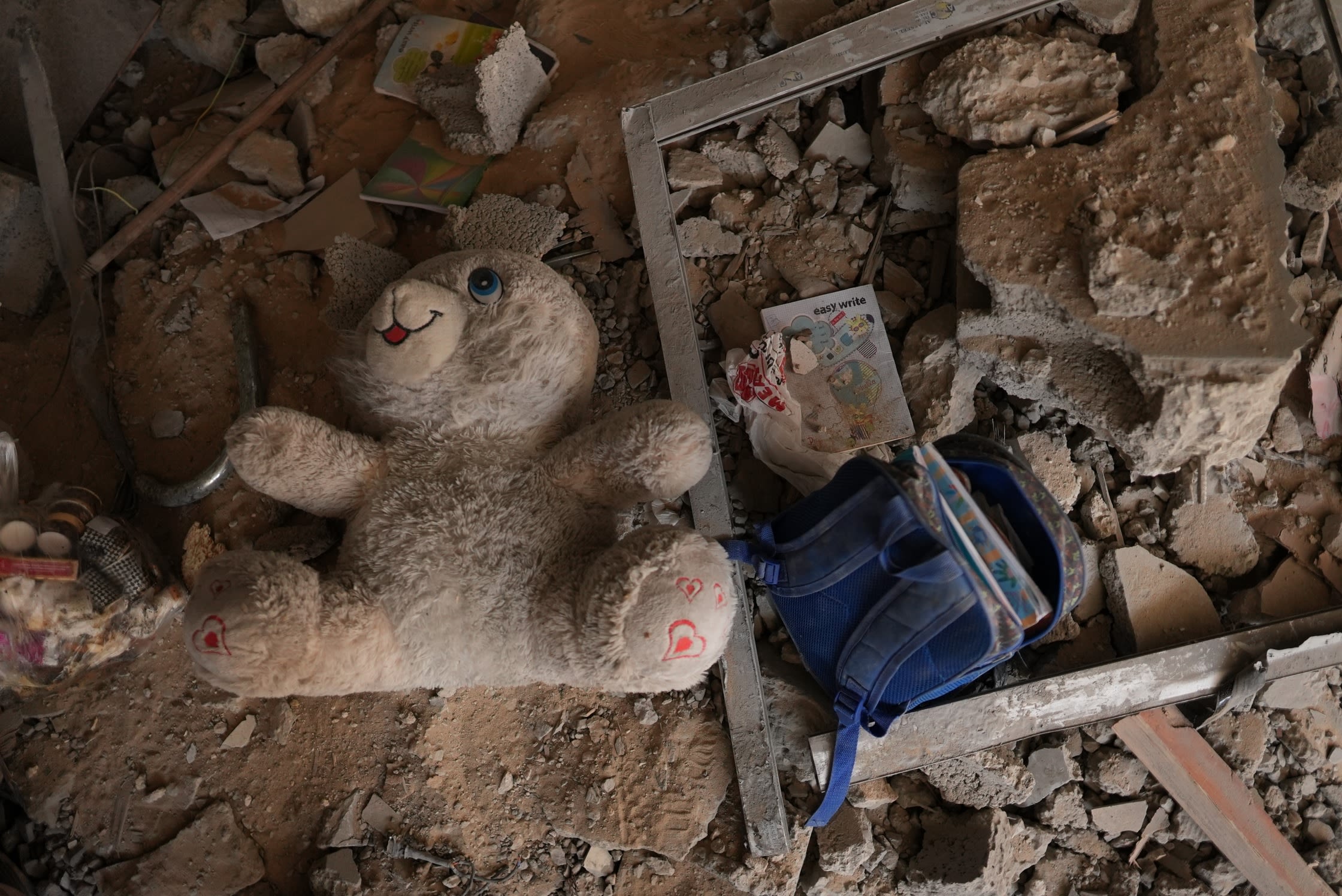
There is no safe place in Gaza.
Forcing nearly two million people onto a tiny strip of land under the false guise of safety puts families at extreme risk of being directly targeted. We cannot deliver lifesaving support to them with only one crossing point, aid being restricted and no humanitarian personnel on the ground.
Without a ceasefire and full humanitarian access, children who survive the fighting face starvation, disease and dehydration.
Children and their families are in extreme danger.
The Government of Israel must ensure the basic needs of the population are met and stop the forcible displacement of people in Gaza now.
Join Save the Children, hundreds of international organisations and thousands of people like you in our call for a ceasefire. The lives of children depend on it.


